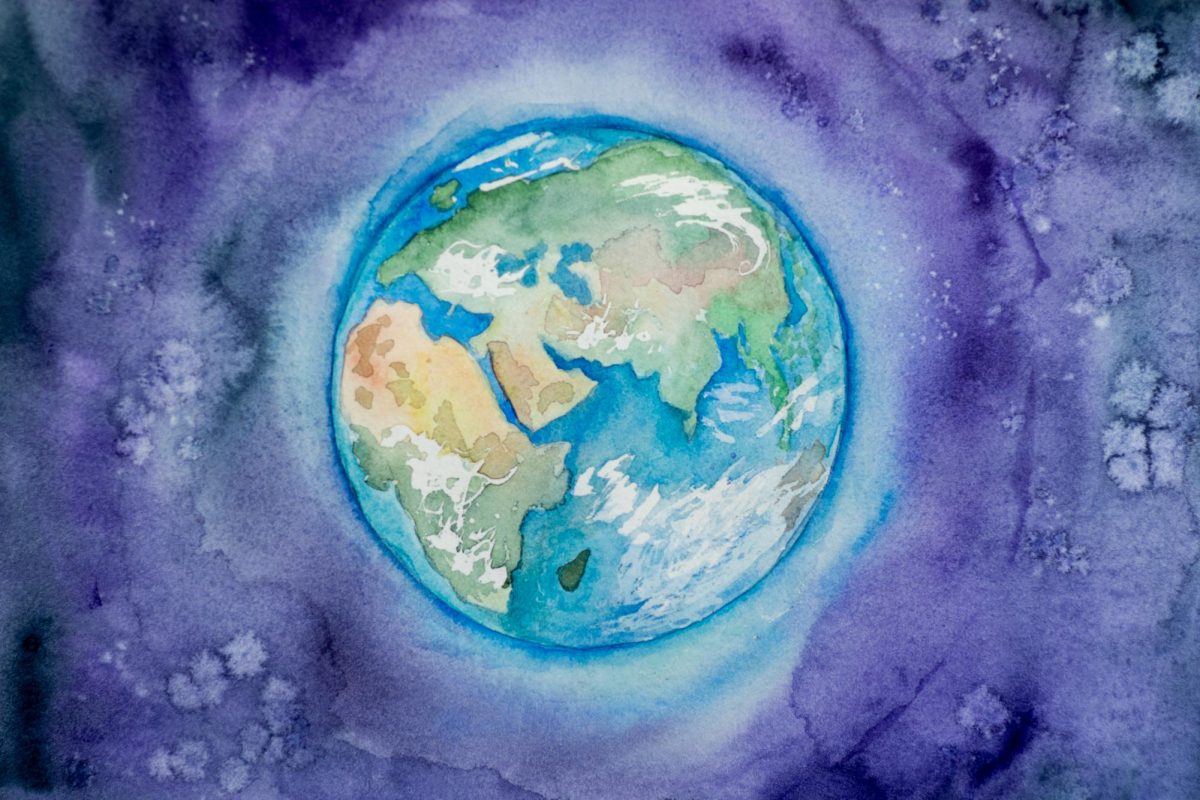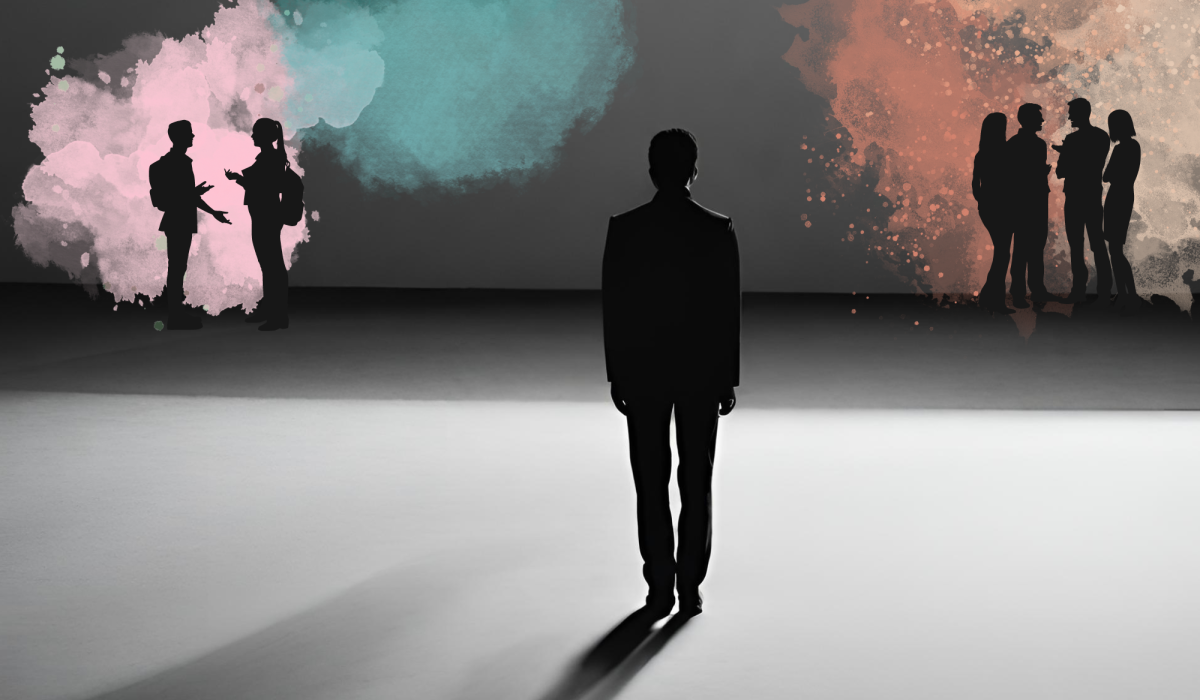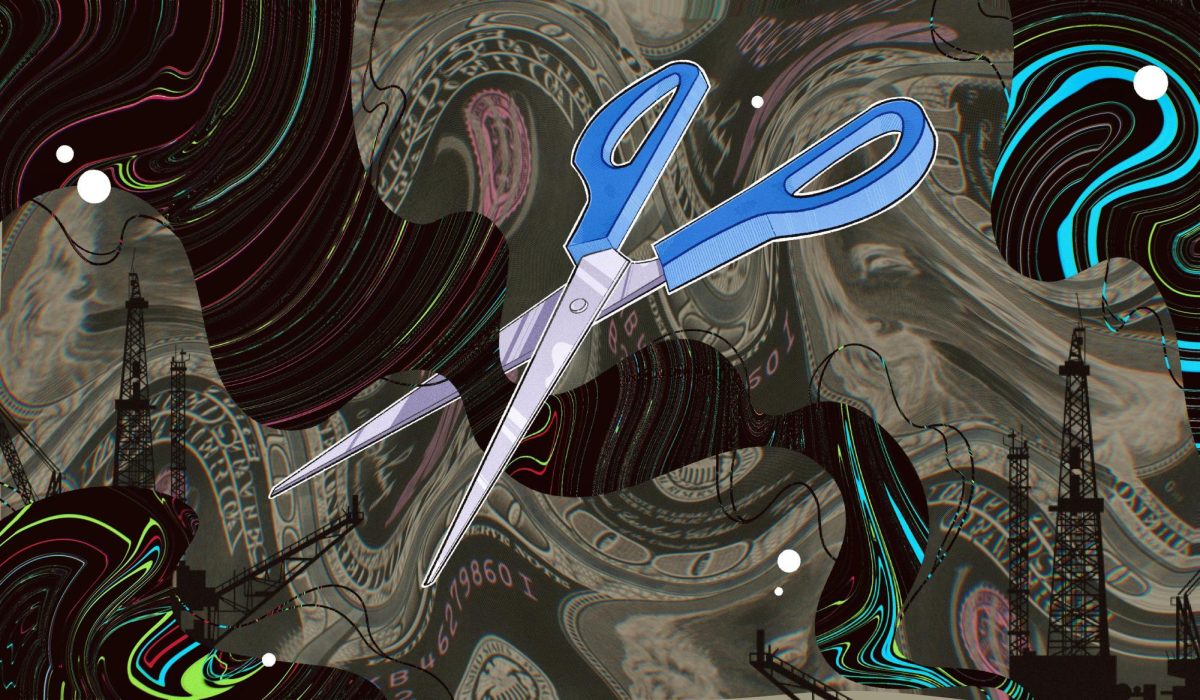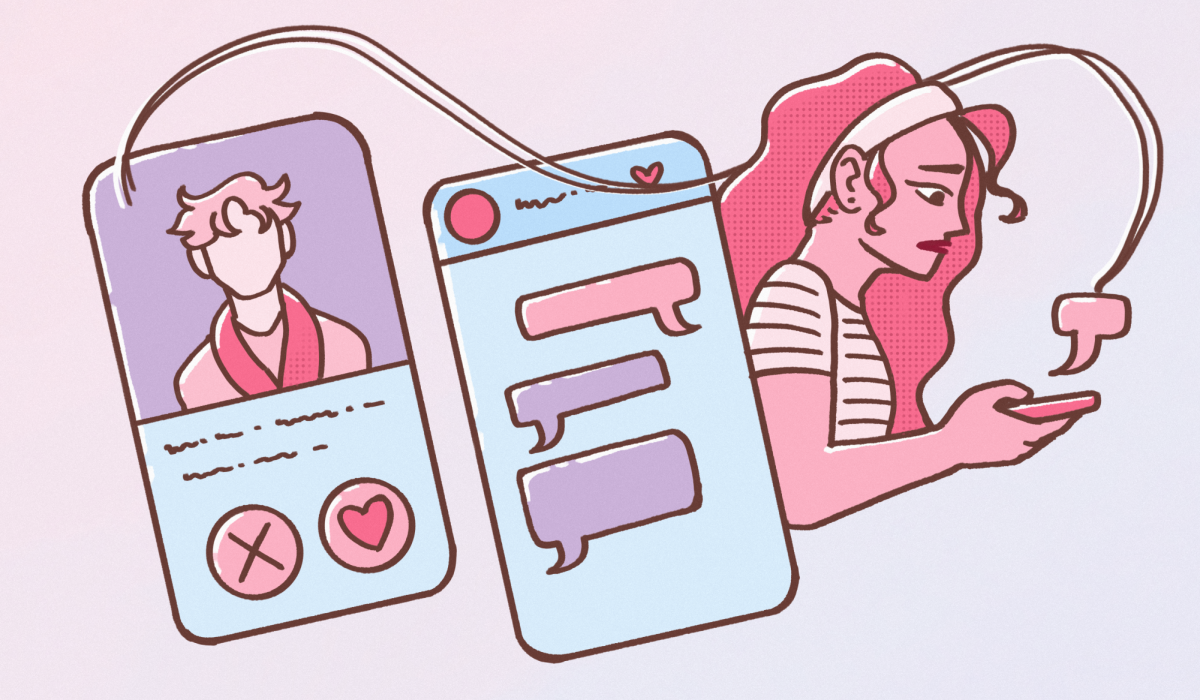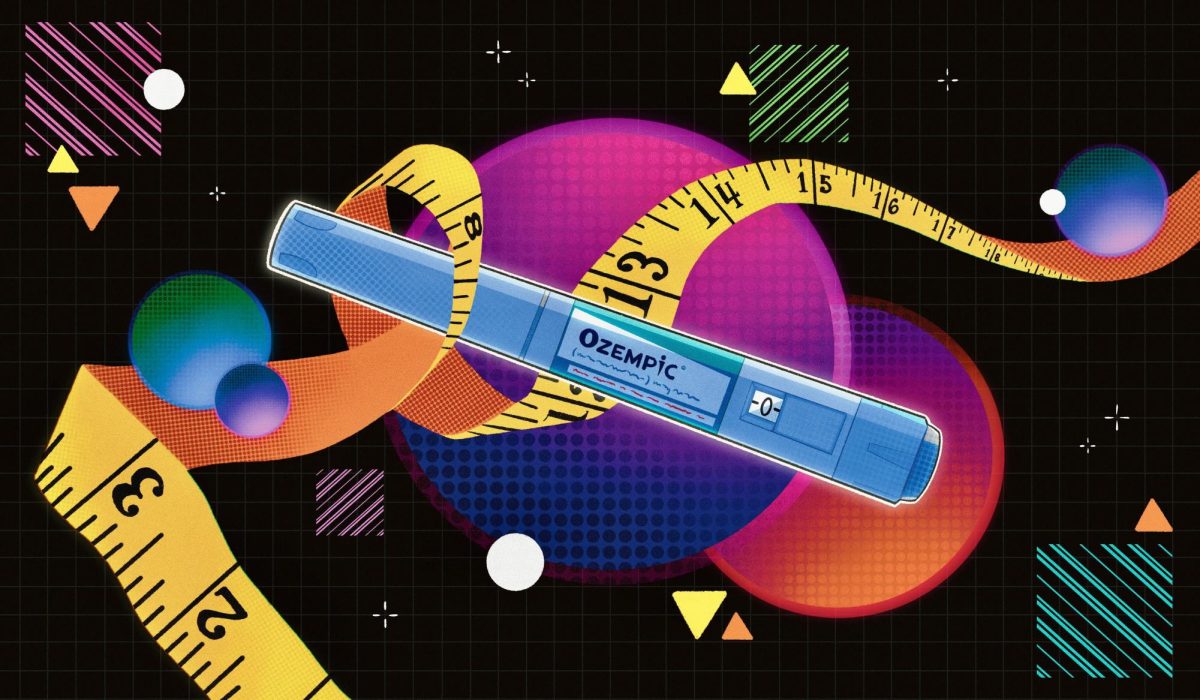Many readers of this paper are probably aware of the terrorist attack on French magazine Charlie Hebdo, but here’s the gist anyway: 12 dead and 11 more injured — primarily satirical journalists and cartoonists, targeted on Jan. 6, apparently for depicting the Prophet Muhammad without sufficient respect in their magazine. There is no ambiguity in these facts.
The latest edition of Charlie Hebdo, of which 5 million copies have been printed and distributed worldwide (by comparison, its average circulation is around 50,000), again displays Muhammad very prominently on its cover. It is selling for over a $1,000 a copy on eBay, as reported by Time magazine. The surviving Charlie Hebdo staff could not have ignored the phenomenon the magazine had become in less than a week and were obliged, surely, to maintain their stance. As an unapologetic publication, running under the tagline “journal irresponsible” and one that will never be scrutinized and appraised so closely again, this issue of Charlie Hebdo had to act as an advertisement for everything that it has come to embody: the right to offend whosoever we choose to offend, uncowed journalism, a publically secular France.
But as principled and remunerative as all that might be, one has to question whether any of it is wise. A leader of the Yemeni branch of al-Qaida took responsibility for the attacks last week and warned that there is more coming to the unbelievers. Every impulse is to defy that man, to parade threatened freedoms brazenly, but in doing so, there is surely the possibility that the most basic right to life will be put at risk.
The unwritten code beneath the First Amendment to this country’s Constitution must dictate that if freedoms are to be acted upon by all men equally, they must be practiced within bounds of common sense. The same applies to the laws of all other nations that enshrine free speech and religion (France, of course, among them). Consider that, in the last 15 years, Charlie Hebdo has depicted aspects of Islam on its front cover more often than any other religion, and one can tell a Muslim in a Charlie Hebdo cartoon because he will always wear a turban and a beard. The first terroristic response to this was in 2011, when the Charlie Hebdo offices in Paris were firebombed. After that attack, the editor commonly known as Charb said that he had no dependents and that he would rather “die standing up than live on [his] knees.” That may well be so, and it is his right to say so, but he was not the only one to die when the terrorists came again: Along with Charb and the cartoonists, two police officers and a building maintenance worker were also killed.
So in many cases, this common sense is not present in the judgment of precisely those that should be most judicious, namely popular media outlets, and in service of the story they create and perpetuate the most damaging misconceptions: 2014 Ipsos MORI polls found that “on average, people in France think 31 percent of the population [is] Muslim, when the actual figure is only 8 percent.”
As a result of this hysteria, the gradual spread of Islam is seen in Europe as a flood to be fought against frantically. Far-right parties are thriving on that terror; in France, Marine Le Pen’s Front National, a party entirely opposed to immigration, topped the polls in last year’s European elections. Human mobility has never been so great, and to oppose immigration is to deny the age. This is not the way.
Nor is it sufficient, however, to dismiss the growing trend: In each of the most high-profile instances of terror in the world today — Charlie Hebdo, Boko Haram in Nigeria, the Islamic State group in its burgeoning caliphate — the source, if not the final justification for murder, is a common Islam. It is understood that terrorists are radicalized and unrepresentative of the religion as it usually manifests in a person. Behind the dreadful rhetoric and superimposed hatefulness, though, the kernel of a terrorist’s inhumanity must lie somewhere in the religion he once followed. To kill a man for lines on a page is not human.
After the 2005 London terrorist attacks, the U.K. Prime Minister at the time, Tony Blair, identified the single greatest priority for life afterwards: “Above all, we act to maintain our way of life.” As far as that goes, this just is not a credible stratagem any more, if it ever was. When it comes on the news that the “terror alert” has been raised, as it recently was in the U.K., despite there no being “no credible threats,” the government itself is telling its citizens to be scared. What can be done in the face of that?


